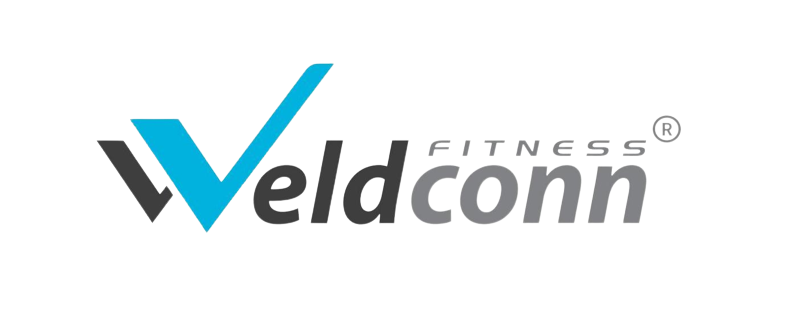
Utilizing Elliptical Machines for Effective Recovery Training
2024-10-21 17:00Elliptical machines are fantastic tools for recovery training due to their low-impact nature. They provide a gentle workout that's kind on your joints, making them ideal for rehabilitation and regaining fitness after an injury. Here’s a comprehensive guide on how to use an elliptical machine for recovery training, ensuring a safe and effective workout routine.

1. Begin with a Warm-Up
Starting with a gentle warm-up is crucial. Set the elliptical to the lowest resistance and pedal at a comfortable, easy pace for about 5-10 minutes. This step helps get your blood flowing and prepares your muscles for the workout. It’s a great way to prevent injuries and ensure that your body is ready for the exercise ahead.
2. Maintain Low Resistance and a Steady Pace
Throughout your recovery session, keep the resistance low. The goal is to avoid straining your muscles and joints. Focus on maintaining a steady, moderate pace rather than pushing too hard. This allows your muscles to move without too much stress, promoting healing and improving flexibility. A steady pace helps in gradually building up your stamina and endurance without causing any strain.
3. Focus on Proper Form
Maintaining proper form is essential to avoid further injury and to ensure that you’re getting the most out of your workout. Stand tall, engage your core, and avoid leaning too much on the handlebars. Proper posture ensures that your movements are effective and safe, targeting the right muscle groups without overexerting any particular part of your body.
4. Optional: Incorporate Light Intervals
If you’re feeling good and your body responds well to the steady pace, consider incorporating light intervals. This involves slightly increasing the resistance for a minute or two, then returning to the low resistance. Light intervals can keep the workout interesting and help improve your cardiovascular fitness without pushing your body too hard. This variation can help in building up strength gradually and keeps the routine from becoming monotonous.
5. Cool Down Properly
Just as important as warming up, cooling down helps your body transition back to a resting state. Lower the resistance back to the minimum and slow your pace for the last 5-10 minutes of your workout. Cooling down helps gradually bring your heart rate back to normal and aids in muscle recovery. It’s crucial for preventing stiffness and soreness post-workout.
6. Stretch After Your Workout
Post-workout stretching is essential in recovery training. Take time to stretch your muscles, focusing especially on your legs, hips, and back. Stretching helps improve flexibility and reduces muscle stiffness, making it an integral part of your recovery routine. Gentle stretches also promote better blood flow to the muscles, aiding in quicker recovery.
7. Listen to Your Body
The most important aspect of recovery training is to listen to your body. If you feel any pain or discomfort, stop and rest. The goal of recovery training is to heal and gradually regain strength, not to push your limits. It's essential to know the difference between normal post-exercise discomfort and pain that signals injury. Always err on the side of caution to ensure a safe recovery.
Creating an Effective Recovery Training Plan
Here’s a sample recovery training plan using an elliptical machine:
1. Warm-Up:
l Start with 5-10 minutes of low-resistance pedaling at a comfortable pace.
2. Steady-State Exercise:
l Maintain low resistance and a steady pace for 20-30 minutes.
l Focus on smooth, controlled movements.
3. Optional Light Intervals:
l If comfortable, incorporate 1-2 minutes of slightly higher resistance followed by 2-3 minutes of low resistance.
l Repeat this cycle 3-4 times within your steady-state exercise period.
4. Cool Down:
l Spend the last 5-10 minutes pedaling at the lowest resistance and a slow pace.
5. Post-Workout Stretching:
l Dedicate at least 10 minutes to stretching your legs, hips, and back.
l Perform gentle stretches that target the major muscle groups you used during your workout.
Tips for Success
1. Consistency is Key: Stick to a regular schedule. Aim for 3-5 times a week of elliptical workouts to see steady progress in your recovery.
2. Hydrate Well: Keep hydrated before, during, and after your workouts. Proper hydration aids in muscle recovery and overall performance.
3. Monitor Progress: Keep track of your workouts and how your body feels after each session. This helps in adjusting your routine as needed and monitoring your progress.
4. Seek Professional Guidance: If you're recovering from a significant injury, consider consulting a physical therapist or a fitness professional. They can provide tailored advice and ensure you're on the right track.
Conclusion
Using an elliptical machine for recovery training offers numerous benefits, including improved cardiovascular health, muscle flexibility, and joint safety. By following the outlined steps—starting with a warm-up, maintaining low resistance, focusing on proper form, optionally incorporating light intervals, cooling down, and stretching—you can create an effective recovery workout routine. Always listen to your body and make adjustments as needed to ensure a safe and successful recovery journey.
Recovery training is about patience and consistency. Over time, you’ll notice improvements in your strength and overall fitness. Use the elliptical machine as a tool to aid your recovery, and remember to combine your workouts with proper nutrition and rest for the best results.
Stay committed, listen to your body, and you’ll be back to your full strength before you know it.
Related: Weldconn Commercial Fitness Equipment;
Weldconn Light Commercial Fitness Equipment;
Weldconn Home Use Fitness Equipment
